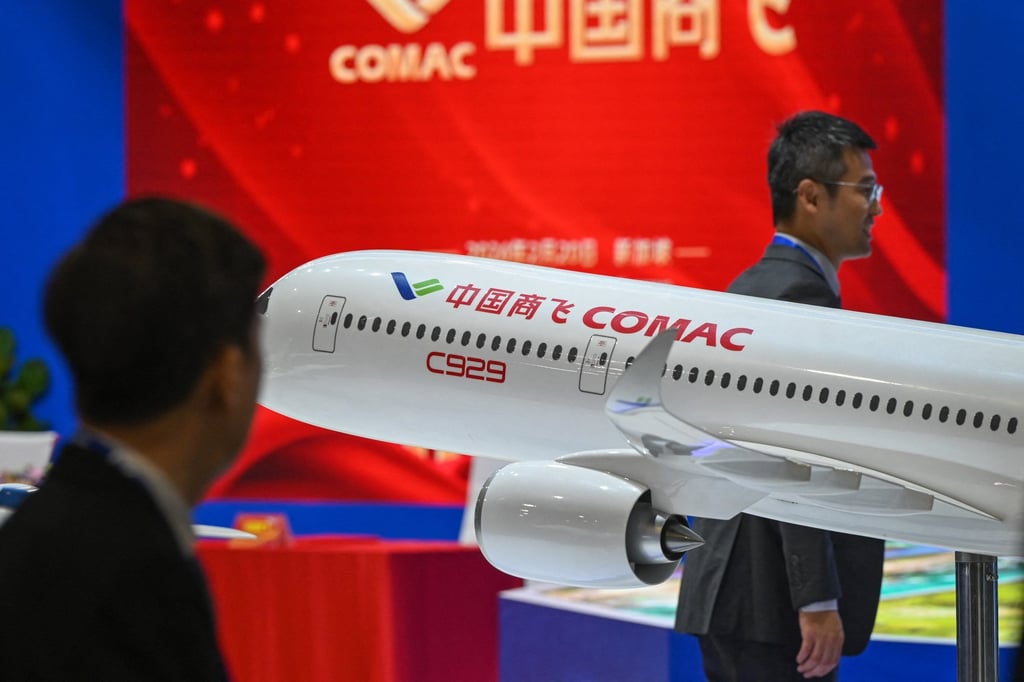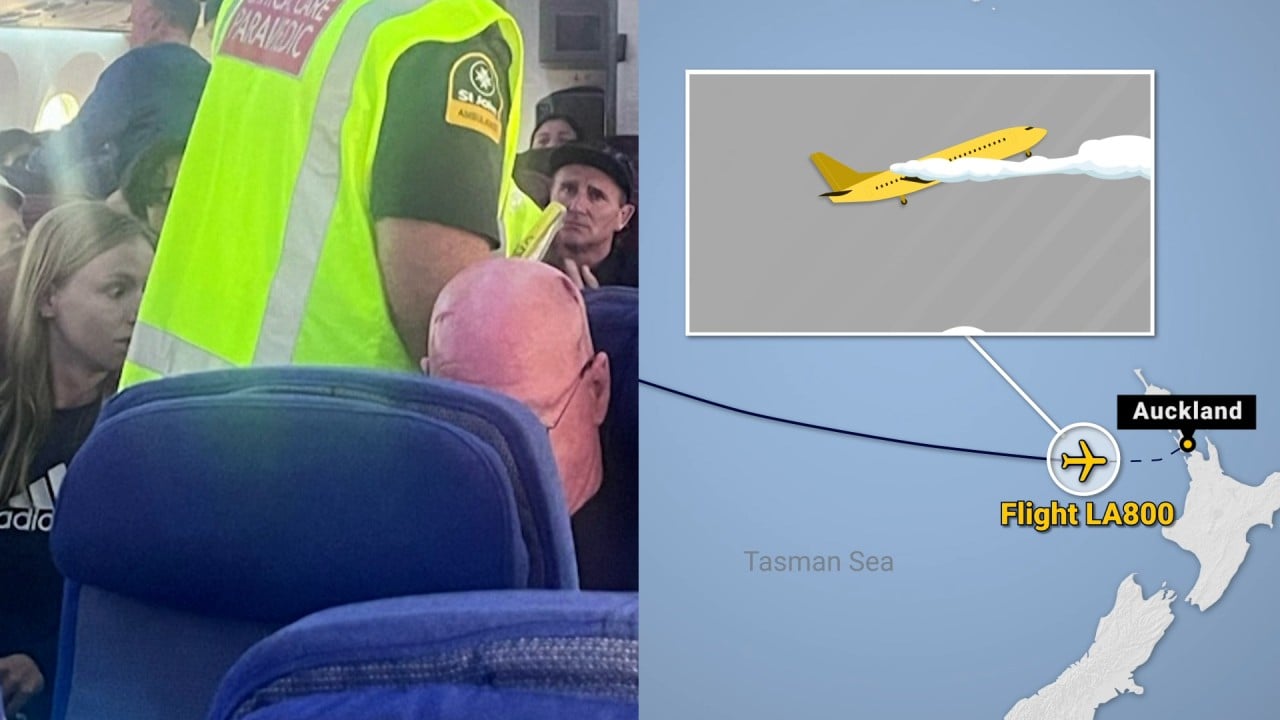Boeing’s first engineer came from China. Now it hires mostly from India
Yet China’s engineering expertise is part of what helped Boeing achieve a duopoly – along with Europe’s Airbus – over global aircraft manufacturing.
In 1916, Boeing hired Beijing-born Wong Tsu as the company’s first aeronautical engineer, following his graduation from the Massachusetts Institute of Technology (MIT).
Wong played a crucial role in designing the company’s first financially successful plane – the Model C naval training seaplane. This paved the way for Boeing to build its first dedicated passenger plane around a decade later.
Since the 1970s, the US aerospace giant has also had close ties with China, opening multiple joint ventures in China including engineering, maintenance and research centres, as well as a 737 completion and delivery centre.
But in response to a query from the Post about whether more technical roles could be expected in China in the future, a communications representative for Boeing China said they did not disclose the company’s future hiring plans in China or elsewhere.
It has been a turbulent time for the company, after deadly crashes in Indonesia in 2018 and Ethiopia in 2019 saw Boeing’s 737 Max aircraft grounded and the Boeing brand crumble.
This month, the company resumed delivery of the 737 Max to China after changes were made to fix the safety issues.
Over the next two decades, China is gearing up to become the world’s largest aviation market, with the 2024 Boeing Commercial Market Outlook released in July projecting the country will require 8,830 aircraft deliveries by 2043.
But along with continuous safety concerns over their aircraft, and political and trade tensions between the US and China – Boeing may be turning elsewhere to grow its engineering and design capabilities.
India has been courting US companies hoping to break away from their reliance on China as a technology and manufacturing base. Now it is lending its own talent to the aviation firm.
In January, Boeing opened its largest facility outside the US in Bengaluru, investing around US$200 million into the Boeing India Engineering and Technology Centre (BIETC).
At the centre’s inauguration, Indian Prime Minister Narendra Modi said: “Given that there is so much potential in India, we need to rapidly build an aircraft manufacturing ecosystem in the country.”

Meanwhile, Salil Gupta, president of Boeing India, told Forbes India last year: “The Indian market is an opportunity like no other, not just because of the opportunity to serve civil aviation and defence customers, but also because of the capability to support aerospace globally – both in engineering and manufacturing.”
Most Boeing jobs available in India are located in Bengaluru.
South Asia, driven by India’s growing civil aviation market, will require the delivery of 2,835 aircraft by 2043, which will quadruple its existing fleet. India is now the third-largest domestic airline market in the world, behind the US and China.
Amitendu Palit, a senior research fellow at the National University of Singapore’s Institute of South Asian Studies, said the first reason for Boeing’s greater presence in India was its rapidly expanding aviation market and demand for aircraft.
The second was the pursuit of “China plus one”, a strategy that aims to diversify business away from China.
“India and the US are collaborating extensively on defence and technology, along with many other areas, including aerospace. [Boeing’s] greater role in India matches this idea of collaboration,” Palit said, pointing out that Airbus was also expanding its presence in India.
“India is expected to emerge as a hub in aerospace manufacturing given its domestic demand, gradual growth as an aviation service hub for the Indo-Pacific, and a convenient location, other than China, for third-country exports.”
In an interview with Shenzhen TV in May, Boeing China president Liu Qing said that Boeing regarded China as a top market priority, citing the country’s rising need for aircraft over the next two decades.
But the Boeing China representative did not comment on whether meeting future aircraft demand in the country would involve expanding the company’s employee base and presence within China.
Boeing was introduced to the Chinese aviation market in the early 1970s, following a visit by then-US president Richard Nixon.
The embattled US aircraft manufacturer is still trying to recover from the damage its name has suffered in recent years.
A report from Bloomberg in 2019 stated that the company had outsourced coding for Max software to temporary workers to cut costs – particularly from India.
A former Boeing software engineer told Bloomberg that the company had hired recent college graduates from Indian companies to work on coding, who helped develop and test software for flight displays and flight-testing equipment.
While China’s domestic passenger flow currently ranks third in the world under North America and Europe, it is projected to take the top spot by 2043, according to the Boeing outlook.
Passenger flow in South Asia is also expected to rise from its current 14th place to seventh place in 2043, as the region now has the fastest growing civil aviation market in the world.
